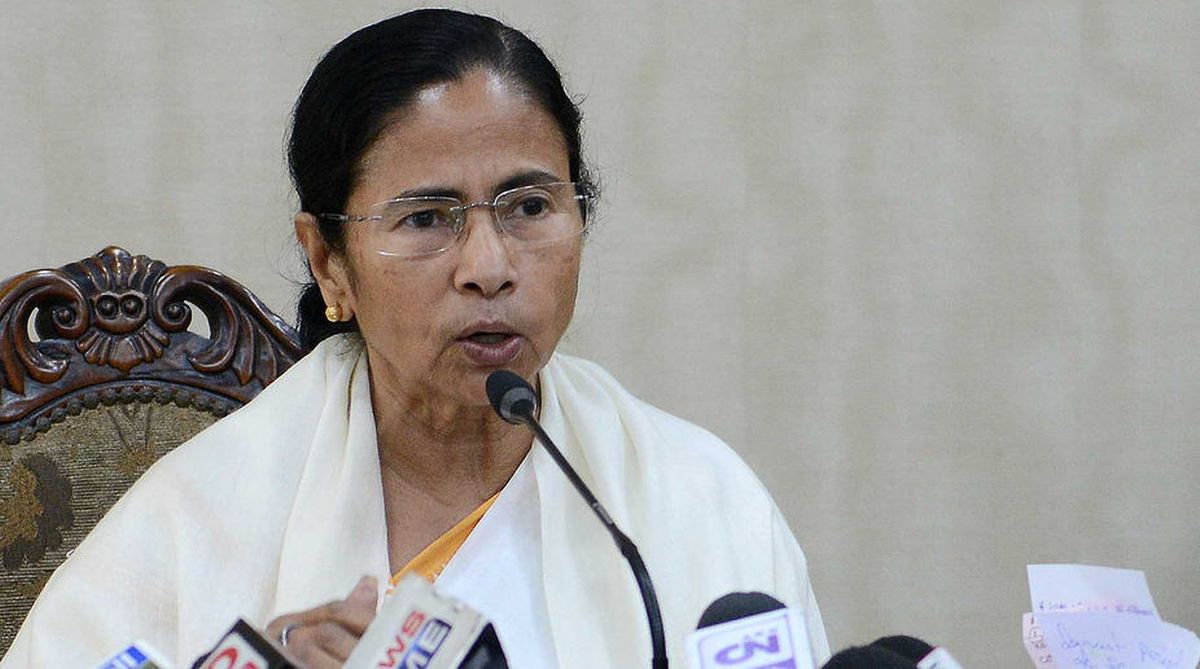Sections of the ministry of external affairs are worried about the foreign office’s recent clashes with Mamata Banerjee. They are worried on two counts. She might even be the next prime minister, if the political chatter around the 2019 elections is to be taken into account. It’s worrisome if someone so powerful is on the warpath with a ministry.
The other reason is that MEA needs Mamata’s cooperation and help to finalise an agreement with Bangladesh on sharing of the Teesta River waters. It is hoping to begin negotiations on this long delayed pact once the general election in that country is over in December.
Advertisement
The problem is that MEA has clashed with Mamata twice in the past two months. The first was over a trip she wanted to make to China. She alleges that the Modi government scuttled the trip. In a rare move, MEA denied the allegation. MEA usually does not enter into arguments with chief ministers. It seems the ministry was under pressure from the PMO to deny Mamata’s claim. So, much against its will, it issued a statement.
The second clash happened last week, over her proposed trip to Chicago for an address to the Vivekananda Society on the 125th anniversary of his historic speech at the Parliament of World’s Religions held in the US city.
Mamata alleged that the Modi government forced the Society to cancel the event to which she was invited. She said this was done to focus media attention on RSS chief Mohan Bhagwat’s address to the World Hindu Congress in Chicago.
The MEA was again forced to cross swords with Mamata. It reluctantly denied her allegation under pressure from the powers-that-be. The reaction from Trinamool Congress was sharp and scathing, more so because MEA got its facts mixed up and talked of the World Hindu Congress in its denial instead of the Vivekananda Society.
Mamata is hopping mad because she wouldn’t be caught dead addressing the World Hindu Congress, an event organized by friends of the RSS in the US. Political circles are wondering how MEA will pacify a leader who is emerging as an important lynchpin in Indian politics.
Embattled or in battle mode?
Is the BJP making the same mistake as the Congress did in its last months in power in 2013-2014? Under pressure on various issues including corruption scandals, policy paralysis and an economic slowdown, the Congress took to fielding union ministers to hold press briefings to defend the government.
Ministers like Kapil Sibal, Manish Tewari, Jairam Ramesh and others would regularly present themselves at the briefing room in the Congress party headquarters to talk to the media. Congress general secretaries were sidelined. Consequently, the government just got more and more embattled as the elections drew closer.
Again, it’s become the Modi government versus the Congress instead of the BJP taking on the Congress. And the government has ended up looking embattled, just like the UPA did five years ago. All media briefings at the BJP office these days are addressed by Piyush Goyal, Nirmala Seetharaman, Ravi Shankar Prasad or Smriti Irani.
Ironically, most of the time, the ministers find themselves countering salvos fired by Rahul Gandhi, whether on the petrol price hike or on Rafale. Ministers defending government decisions or policies is understandable. But they are fielded even to defend Rahul’s attacks on the RSS. Most recently, Irani was sent to the BJP office to lambast Rahul on the National Herald case after the High Court rejected his plea against the reopening of an old income tax return.
While the BJP is behaving more and more like the Congress in its last months in government, Rahul Gandhi seems to have changed his attitude towards the media. He seems to be more at ease with journalists, unlike his stiff and infrequent interactions earlier. He has already held three press conferences at the party media room since he became Congress president earlier this year. And the briefings are freewheeling as he opens himself to questions of all kinds from the media.
Contrast this to his earlier appearances. He would come, read out a statement and vanish before questions could be asked.
Soft line on China
After two years of bluster, the Modi government has taken to handling China with kid gloves. Diplomatic circles are puzzled by its mysterious silence on China’s recent boast that Beijing’s handling of Indian troops in Doklam was one of the six major diplomatic achievements in 2017.
The claim appeared in a publication called China’s Foreign Affairs 2018 which is supposed to be an “authoritative guide” to China’s analysis of the world and an overview of its diplomacy.
The publication says that China handled the “Indian troop’s trespass” into its Donglang area (Doklam on the Bhutanese side) peacefully through diplomatic means and firmly guarded national sovereignty and lawful interests.
The Chinese view is of course in sharp contrast to the Indian claim that Bhutan sought India’s help to beat back Chinese trespass into its territory in the Doklam area. But in keeping with its new soft policy towards Beijing, the Modi government has chosen to ignore the position China has taken. Correspondents who cover the diplomatic beat have asked for a reaction from MEA on several occasions but the spokesman remains mum.
Interestingly, the document also lists “the fragile India-Pakistan relationship” as one of the two major risks to its western borders. Normally, India would have hit back strongly and rapped China for commenting on something that is none of its business.
China’s decision to express concern on the state of India- Pakistan bilateral ties should concern New Delhi. It’s an indication that Beijing has developed a vested interest in the relationship and could well push itself in as a fourth party in the Kashmir dispute at some point.











